While most people go to Marquette Golf Club to play the spectacular Greywalls course, it isn’t the only course there. In fact, people have been playing golf here since 1926 when architects William Langford and Theodore Moreau laid out an 18 hole course. Only 9 of these holes were built and eventually, part of the land for the second 9 on the east side of the property was used to build houses. But by the 1960s, the club decided to go ahead with a second nine and commissioned David Gill to design it. The current Heritage Course is a mix of Langford and Gill holes, with most of the Langford holes coming in the middle of the front nine and most of the Gill holes at the end of the back nine.
But thanks to the club and our host, superintendent Craig Moore, our group was able to play the Langford 9 in its original order. While the rest of our golf course architecture snob outing stopped there, Bob and I continued on and played the Gill 9. This was my second trip around the Heritage Course (the first came in its everyday configuration in 2011) and cemented my fondness for the course. It’s clear that despite their somewhat degraded state, the Langford 9 holes are the stars here. But there are several good holes on the Gill 9 as well and I think that with a little tree clearing (and lack of restoration of the Langford 9), they wouldn’t be too far apart in quality.
It’s certainly worth playing all eighteen holes if you’re going to play the Heritage Course and it’s also worth playing the Heritage Course if you come to play Greywalls. While it doesn’t have the drama of Greywalls, it’s on a very good piece of property and makes for an excellent second 18 or evening nine.
The first hole on the Langford 9 is the tenth on the Heritage Course. It’s a slight dogleg left with a wall of trees protecting this hole from the driving range on the right (with moderate success). As you approach the green, you can see the old Langford bunkers on the left side that are now grass. And if you look around the green, you’ll see the margins of the old Langford green pad, which in many cases are ~50% larger than the greens in their current state.
But thanks to the club and our host, superintendent Craig Moore, our group was able to play the Langford 9 in its original order. While the rest of our golf course architecture snob outing stopped there, Bob and I continued on and played the Gill 9. This was my second trip around the Heritage Course (the first came in its everyday configuration in 2011) and cemented my fondness for the course. It’s clear that despite their somewhat degraded state, the Langford 9 holes are the stars here. But there are several good holes on the Gill 9 as well and I think that with a little tree clearing (and lack of restoration of the Langford 9), they wouldn’t be too far apart in quality.
It’s certainly worth playing all eighteen holes if you’re going to play the Heritage Course and it’s also worth playing the Heritage Course if you come to play Greywalls. While it doesn’t have the drama of Greywalls, it’s on a very good piece of property and makes for an excellent second 18 or evening nine.
The first hole on the Langford 9 is the tenth on the Heritage Course. It’s a slight dogleg left with a wall of trees protecting this hole from the driving range on the right (with moderate success). As you approach the green, you can see the old Langford bunkers on the left side that are now grass. And if you look around the green, you’ll see the margins of the old Langford green pad, which in many cases are ~50% larger than the greens in their current state.
Two (Heritage 11) doglegs right around some spruce trees that attempt, probably most of the time in vain, to protect the eleventh (2nd) hole from slicers. The second plays up the hill again again, you can see the old Langford bunkers adding zig and zag to the fairway. The green complex looks like it lays simply on the land but if you look over the back, you can see that it’s been built up a good 8 feet.
Three (7) is a great 140 yard drop shot to a severely back-to-front pitched green on the edge of a valley. Again, the front of the green is built up several feet from its surroundings. One thing that I noticed here, like at Langford and Moreau’s most famous course, the Links at Lawsonia, is that all of the greens involved substantial earth moving but if you’re playing into them from the correct place, it’s hard to tell that they did any earth moving at all. The shaping is always very well-blended into its surroundings.
The par 4 fourth (8) is something of a Langford and Moreau template. As at the second at Lawsonia, this drive is blind over a hill and the architects placed two bunkers on opposite sides of the fairway that form a V-shape facing the tee about 130 yards out that golfers need to carry. They repeated this feature several times at Lawsonia, including on the second shot of the par 5 ninth and the drive on the par 4 seventeenth. While most will be able to carry these bunkers, they would have probably caught many mis-hit shots in the 1920s.
The second shot plays downhill to a shrunken green in a great green complex. There are crossing trench bunkers about 30-50 yards short on the left and the green side bunkers are no match for their Langford ancestors. But the entire green pad is being mowed as short grass which suggests that the green might be restored to its original size in the near future.
The par 5 fifth (4) is a beauty. The drive is uphill and if you want to go for the green in two, you’ll have to skirt the wooden ravine on the right edge of the fairway. The approach is downhill to what appears to be an almost completely restored Langford surface (again, the bunkers not so much). Take a look over the back right of this green to see just how much above its surroundings it was built.
The par 3 sixth (5) and short par 4 seventh (6) have seen better days. On the former, the green has shrunk and bunkers were built on the actual green pad (!). The seventh was originally a 240 par 3 but has become about a 280 yard par 4. This green was absolutely enormous but is currently at best half its original size.
The long par 4 eighth (12) was a beast back into the wind, although there’s ample fairway here to bomb away. There was originally a crossing bunker cutting in from the left ~50-60 yards short of the green. While the bunkers could use some work, the green has been restored to the full original pad. You can tell that it had shrunk because there are sprinklers about 15 feet into the green in several places.
The short par 4 ninth (13) was originally a much longer par 4 where you teed off from across Grove St. There was a solitary fairway bunker up the left side near the start of the fairway. Now there are two bunkers and a maple tree on the right edge of the fairway, near where you want to hit your drive. While not at all what Langford intended, I think that the current hole is actually very good, with a drive placed near the bunkers giving you a better view and angle into the green. If they do ever restore the rest of the Langford nine, I’d suggest sticking with a version of this hole closer to what exists now. I doubt that they’d restore the original tee across the road and this version works better at this length.
The Gill 9 starts with the par 4 first on the Heritage Course and while it may not have the steep and deep earthworks of the Langford and Moreau 9, we can see from the first tee that it won’t be a pushover. It’s a fairly short par 4 so the only sensible play is to lay up short of the first fairway bunker, but that doesn’t stop people (including some of the golf course architecture and strategy buffs that I played with) from trying to hit the narrow neck to its right—with mixed results.
The dogleg right par 4 second is actually one of my favorite holes on either nine. There’s a diagonal water hazard up the right which good players should be able to carry—but if you push it, you’ll end up in a grove of arborvitae trees. The second is uphill to a very well defended green with a general back-left-to-front-right tilt, except in the back right, where it slopes away.
The third is right next to the fourth hole on the Langford nine and shares some of its features—the blind tee shot, the slight dogleg left on the approach. But it also illustrates the relative weakness of the architecture—there’s no interesting V-shaped carry bunker or crossing hazards on the approach (there is a blind pond on the right, which isn’t a plus). But there are several bunkers around the green and it’s still a demanding approach.
We cross Grove St. for the fourth hole, which is the ninth on the Heritage Course. It’s a slight dogleg right around a solitary bunker then gradually uphill to a green with flanking front left and right bunkers. It sums up the Gill 9 well—solid, but nothing special.
The next few holes have some special features, although not so much for the better. I like the short par 3 fifth (14) out of a chute of trees to a green with two bunkers right and one left. Like the rest of the course, it’d be a bit more interesting if there were more shape to the bunkers.
I have some pretty serious problems with the next three holes and one of them is obvious from standing on the sixth (15) tee. This hole has just become completely overgrown in the roughly 50 years since this nine opened. With tree clearing around the tee and the removal of a few white pines left of the fairway, this hole would be a nice drop shot par 4 where the primary challenge would be to keep your drive out of the right hand fairway bunker and keep your approach below the hole on the steep back-to-front sloped green.
I’m afraid that there isn’t much that can be done for the par 5 sixteenth, which might just be a classic bad hole. The drive is into a big right-to-left side slope and the approach is blind over granite outcroppings that were covered with dirt. You can try to go for the green, but it’s a small target and blocked by more dirt and grass covered granite outcroppings. An even more practical reason not to go for the green is that a push stands a good chance of taking out a windshield in the parking lot next to the clubhouse. The smart second is a lay up with about a 9-iron, which leaves a pretty interesting-looking approach over the aforementioned mounds. I guess that you could think of it as a risk-reward hole, where some of the risk is borne by the other golfers who parked their cars in the wrong place in the parking lot (or maybe you parked there too and you put out your own windshield…).
Another weakness of this part of the course is that the routing is awkward. We drove around the seventeenth green to get to the sixteenth, now we play back between them before driving uphill around the sixteenth to get to the eighteenth. As it plays parallel, seventeen is similar to fifteen but while it’s just as overgrown around the tee, there’s a bit more room out in the fairway.
Along with the second, the eighteenth is the best hole on the Gill 9. I think that strategically, this one would be a contribution to the Langford nine: there’s a ridge that cuts into the fairway diagonally from the left side and angles down the fairway to the right. If you follow the ridge out to the right, you’ll have an awkward approach across bunkers to the green. But if you carry the ridge, you shorten the approach and can play down the angle of the green, angles from front left to back right.
When I last played here in 2011, I really liked the Heritage Course. It’s obviously no match for Greywalls but I think that it complements it well. Other than the last few holes, it’s very walkable and doesn’t have so many opportunity to lose balls (or a golf cart…). It’s a good course for an evening nine or a league. It reminds me a bit of one of my favorite public courses in metro Detroit, Rackham, a Donald Ross course where several holes had to be redone to accommodate I-696. Now the architect of those new holes did a better job of trying to capture Ross’s style than David Gill did here and I think that the original Ross holes there are closer to their original state than the Langford holes here. But are courses by (at least in part) a great Golden Age architect where the general public can see some of what has made these guys so revered.
It seems like the club is trying to restore the Langford holes gradually and they are certainly to be commended for that. The restored eighth green is magnificent and it looks like they’re close to restoring the fourth to its original state as well. But I think that the bunkers might be an even bigger issue—the current bunkers are totally out of place and it seems like it would be pretty easy to restore the Langford bunkers. All of the earthworks are still there, so I think that it’s just a matter of putting sand in them. They don’t necessarily need to put sand in all of the original bunkers—many of the bunkers at Lawsonia have been kept as grass bunkers and I think that that works just fine.
But both for their own sake and because most people who play this course neither know nor care about Langford and Moreau, probably the easiest way to improve the Heritage Course is to clear out some of the trees on the fifteenth through seventeenth holes. There’s nothing wrong with the design of these holes (well, the routing isn’t great…), but they’re just absolutely choked out by trees at the moment, which makes playing them frustrating. They should do this while continuing their gradual restoration of the Langford holes. And in the really long run if they’ve restored the Langford holes and the budget allows, they might consider redoing the bunkers on the Gill 9 in the Langford style. This might be difficult to do because with the deep Langford bunkers come the huge, built-up Langford greens, but I think that the point of such an effort should be a more superficial aesthetic consistency rather than turning Gill holes into Langford ones.
It seems like the club is trying to restore the Langford holes gradually and they are certainly to be commended for that. The restored eighth green is magnificent and it looks like they’re close to restoring the fourth to its original state as well. But I think that the bunkers might be an even bigger issue—the current bunkers are totally out of place and it seems like it would be pretty easy to restore the Langford bunkers. All of the earthworks are still there, so I think that it’s just a matter of putting sand in them. They don’t necessarily need to put sand in all of the original bunkers—many of the bunkers at Lawsonia have been kept as grass bunkers and I think that that works just fine.
But both for their own sake and because most people who play this course neither know nor care about Langford and Moreau, probably the easiest way to improve the Heritage Course is to clear out some of the trees on the fifteenth through seventeenth holes. There’s nothing wrong with the design of these holes (well, the routing isn’t great…), but they’re just absolutely choked out by trees at the moment, which makes playing them frustrating. They should do this while continuing their gradual restoration of the Langford holes. And in the really long run if they’ve restored the Langford holes and the budget allows, they might consider redoing the bunkers on the Gill 9 in the Langford style. This might be difficult to do because with the deep Langford bunkers come the huge, built-up Langford greens, but I think that the point of such an effort should be a more superficial aesthetic consistency rather than turning Gill holes into Langford ones.
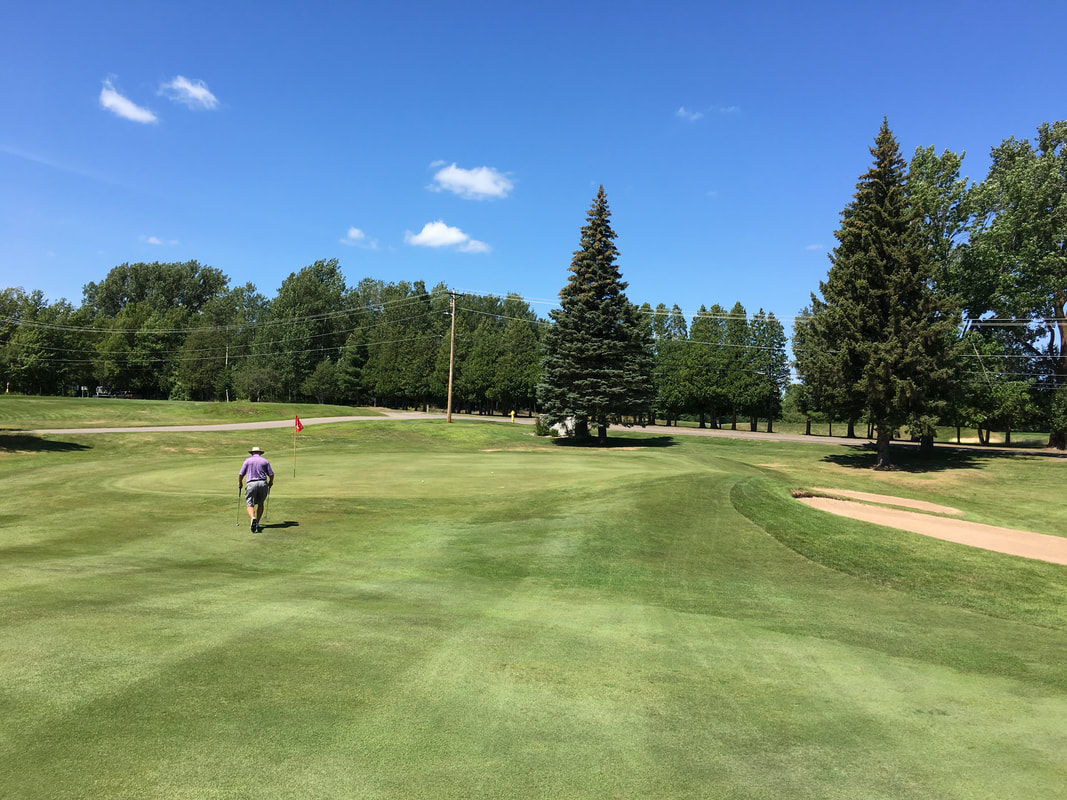
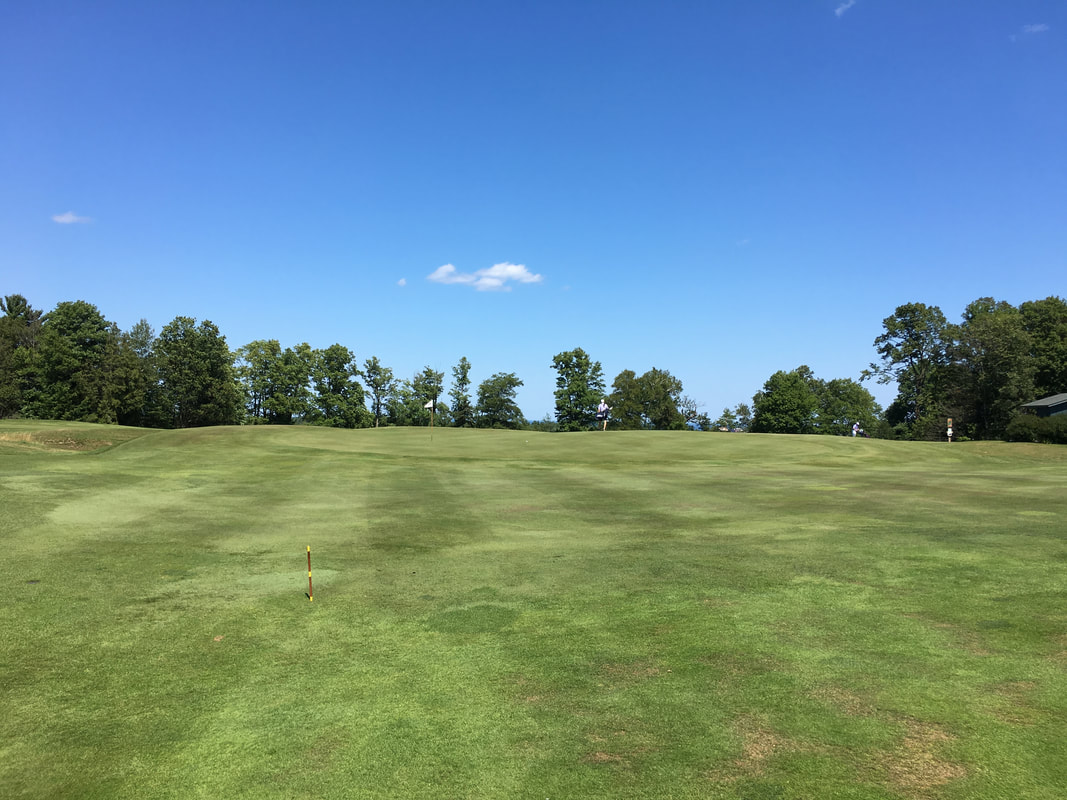
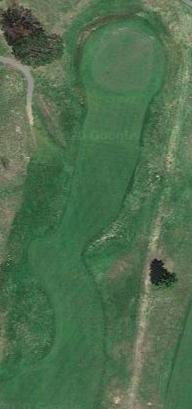
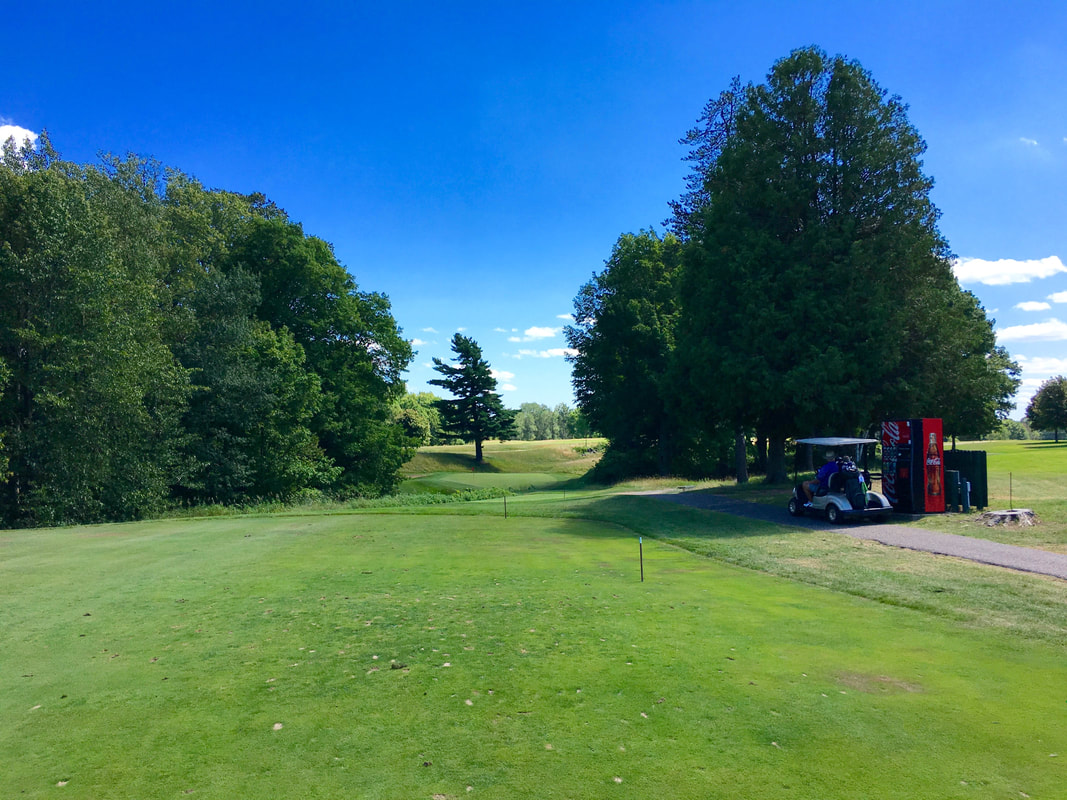
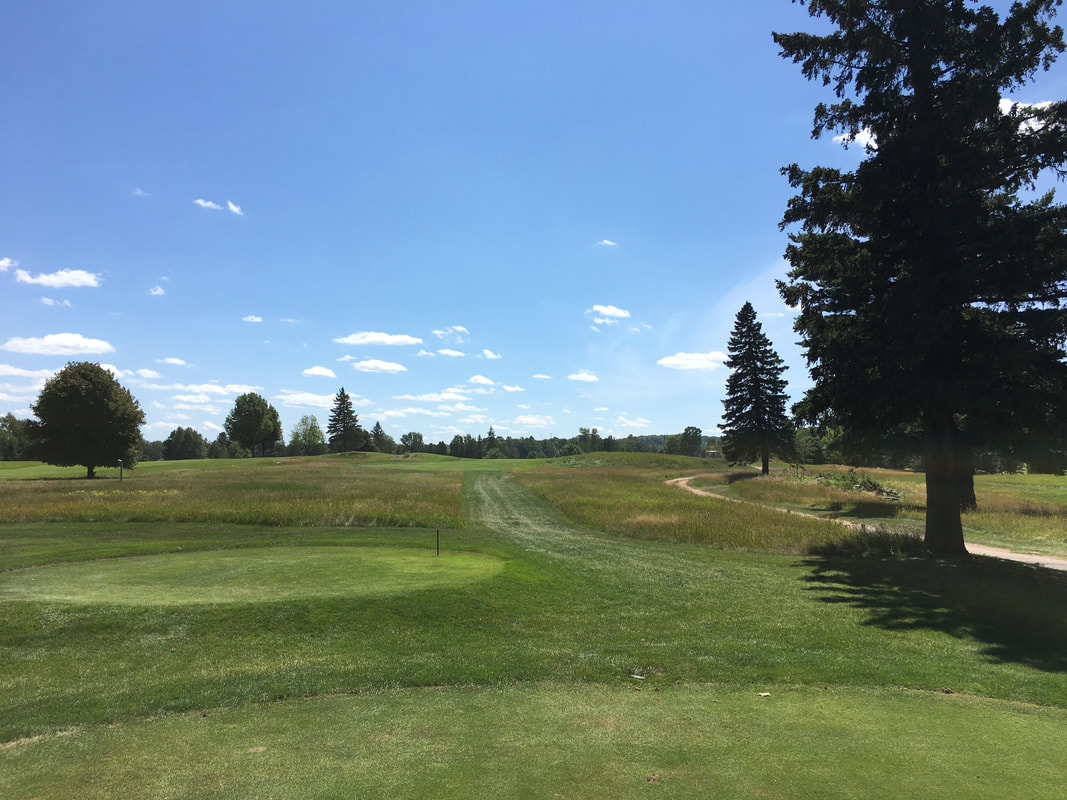
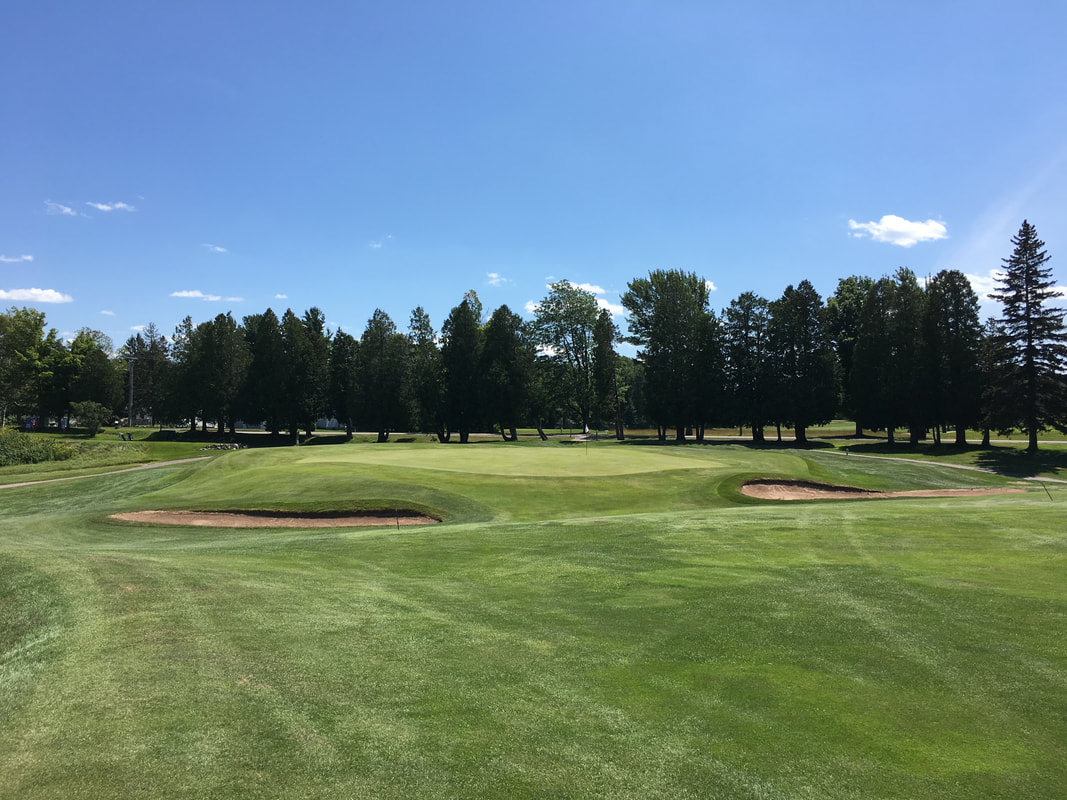

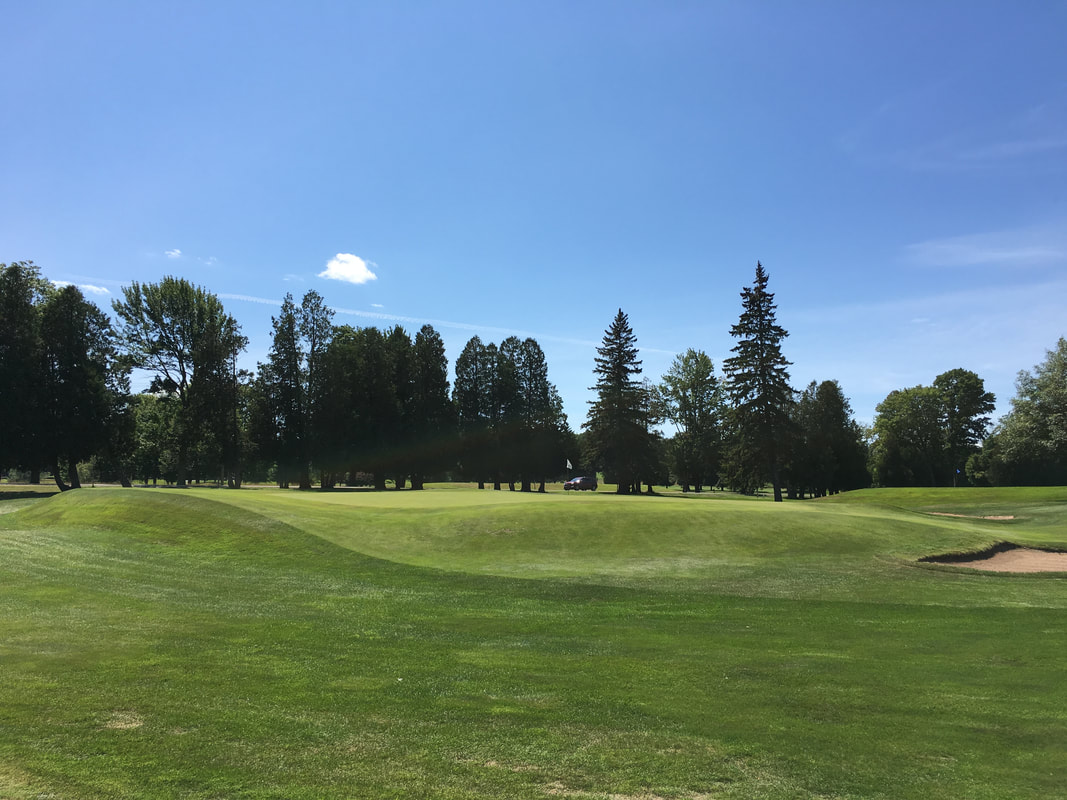
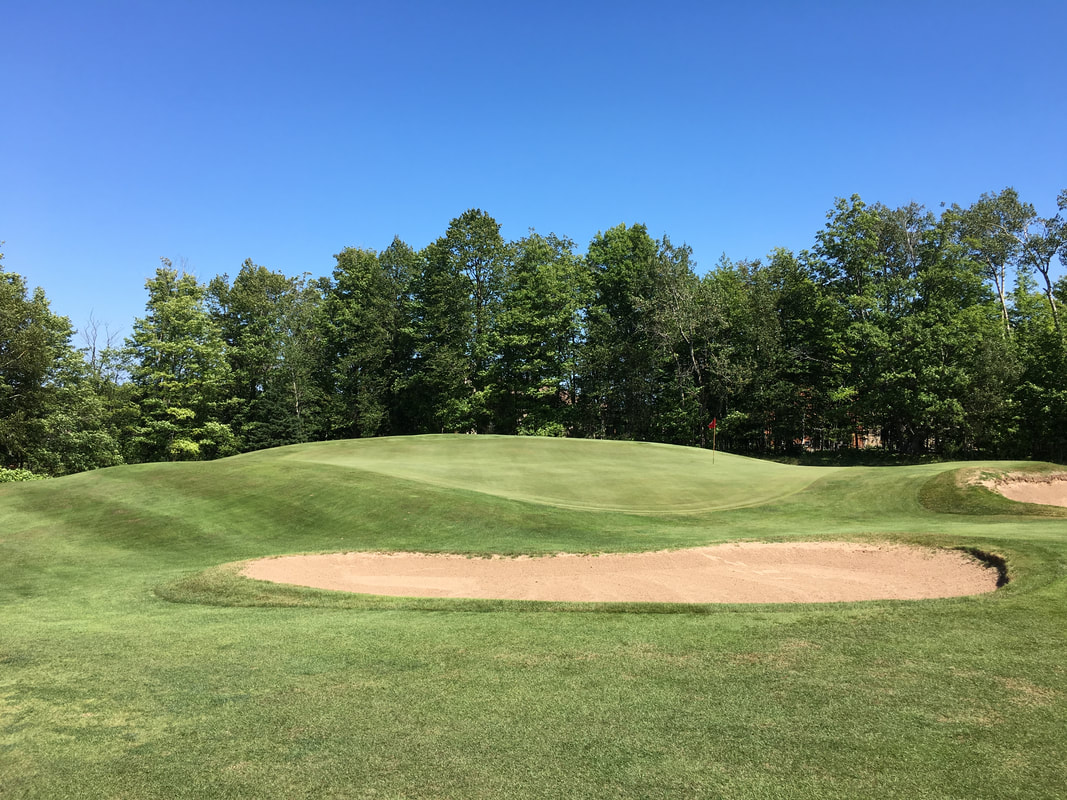
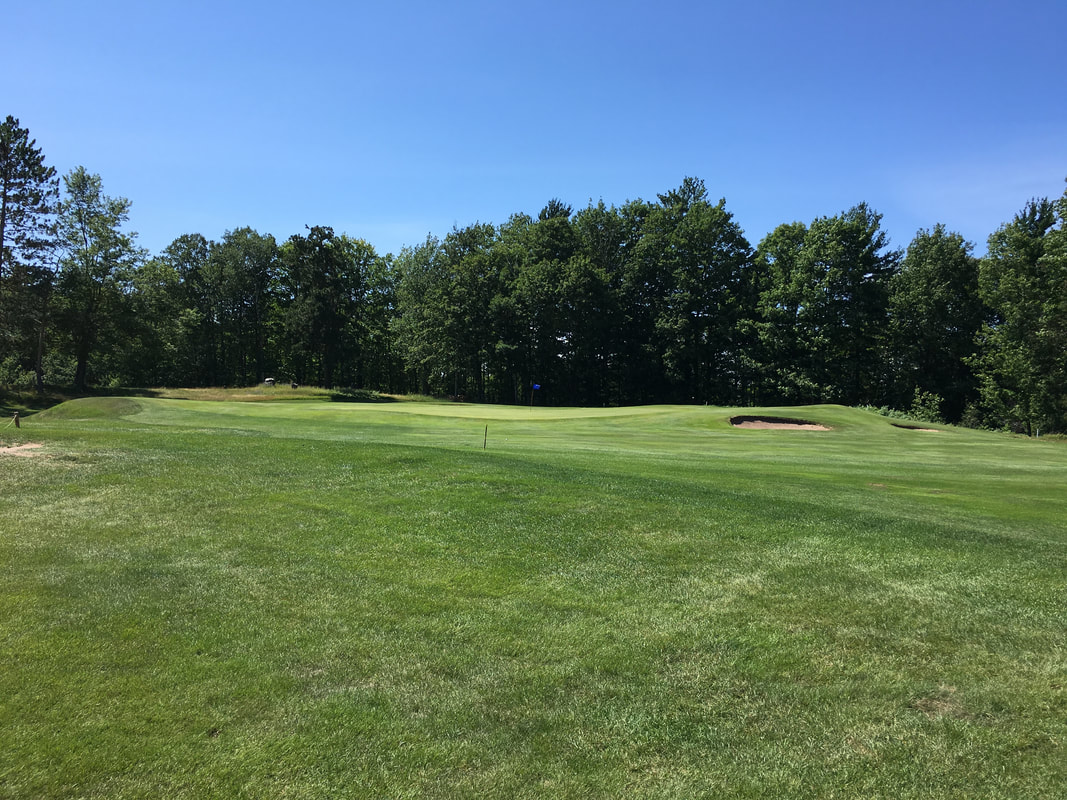
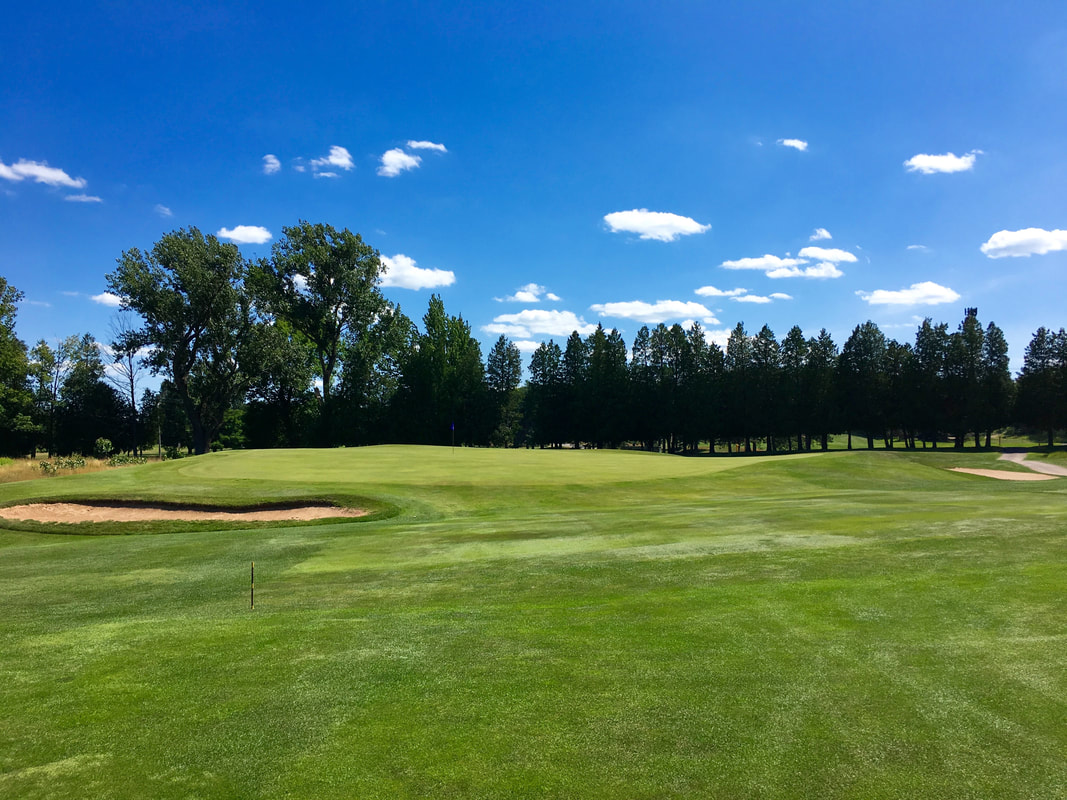
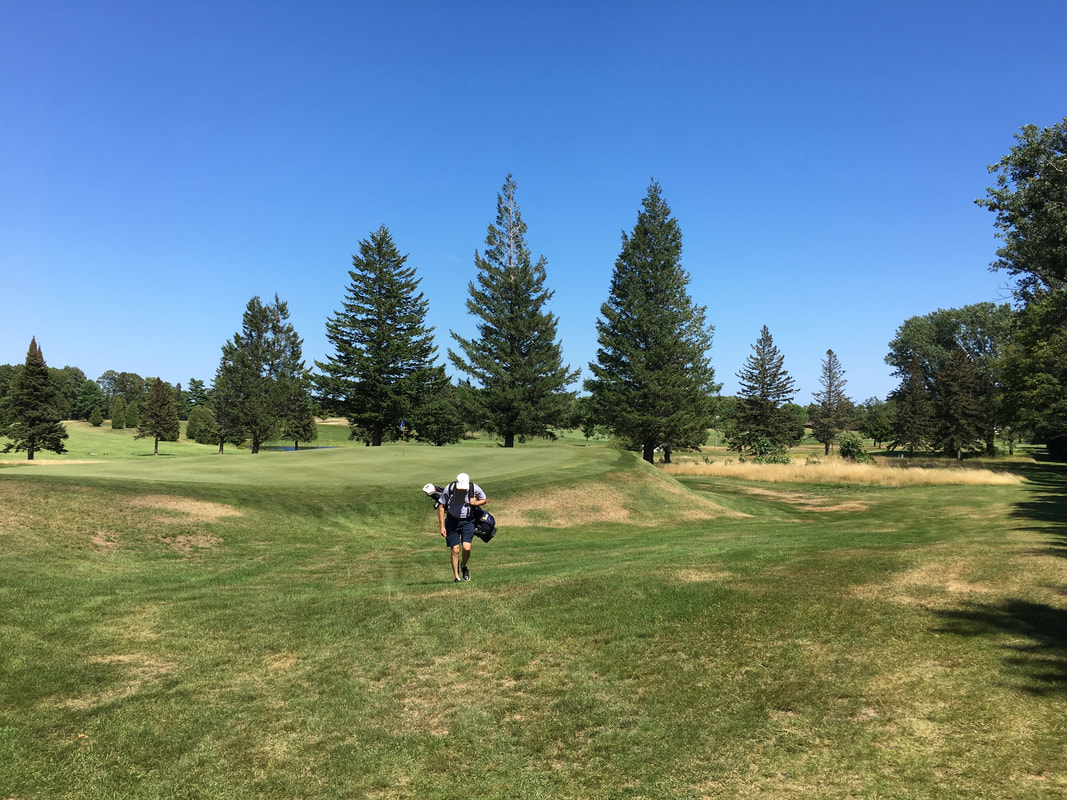
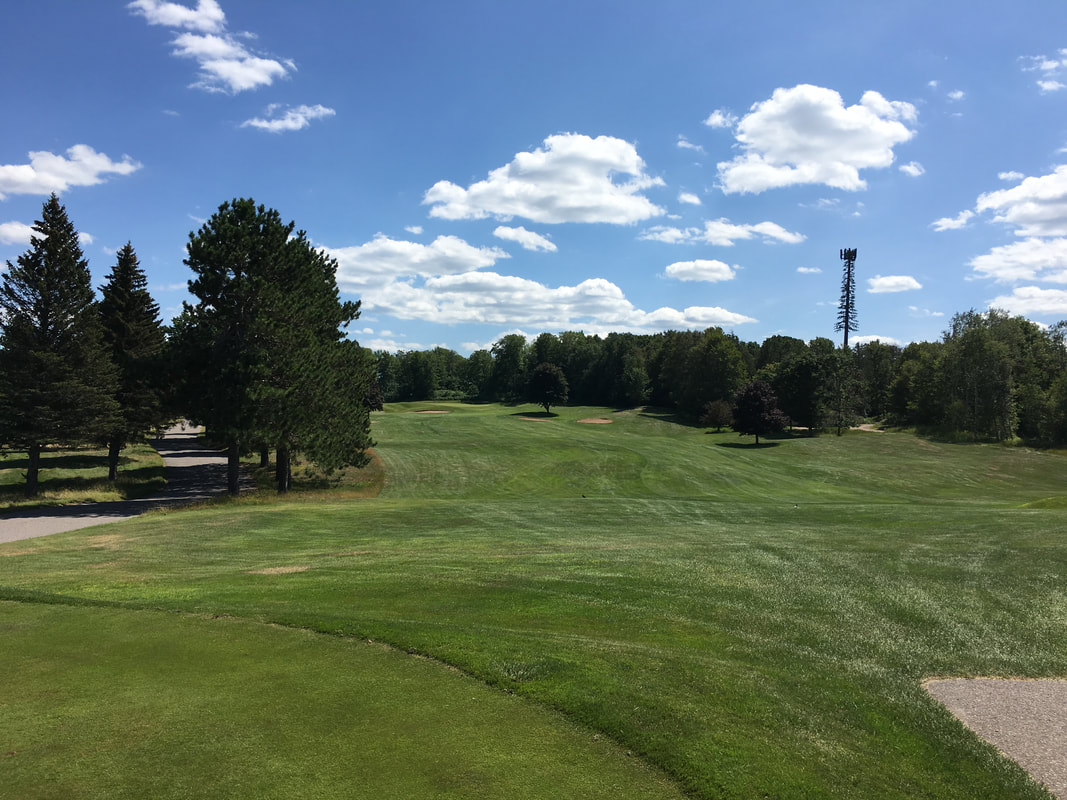
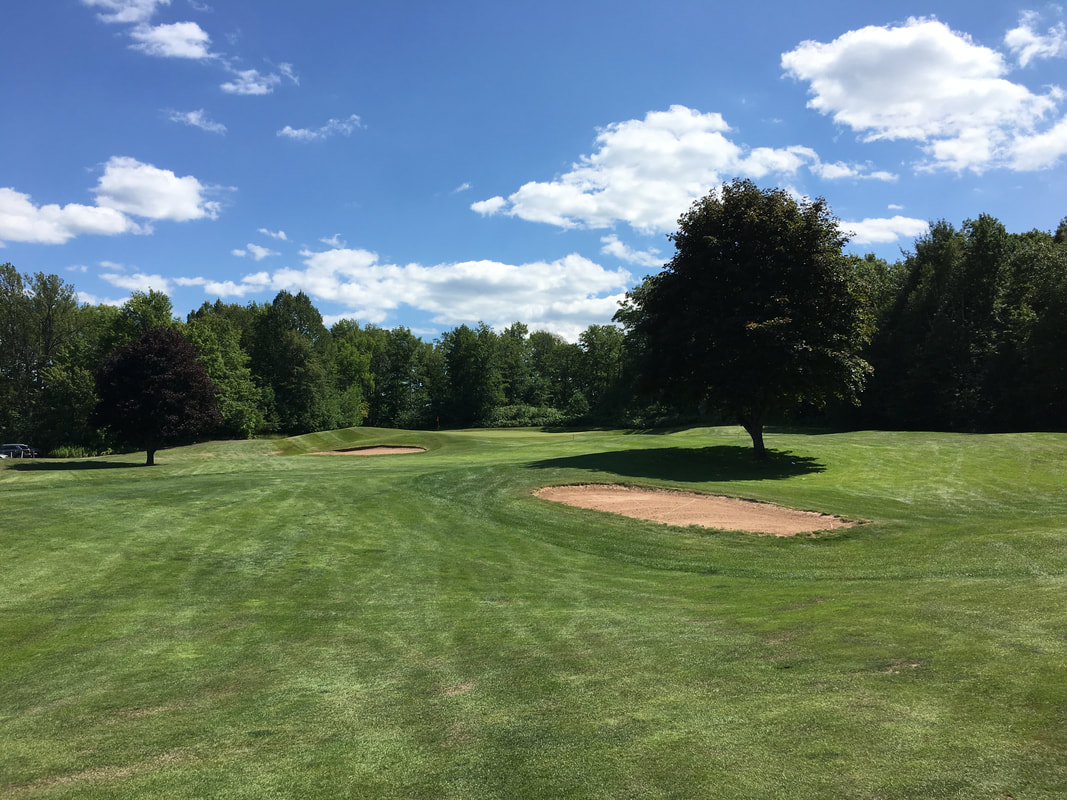
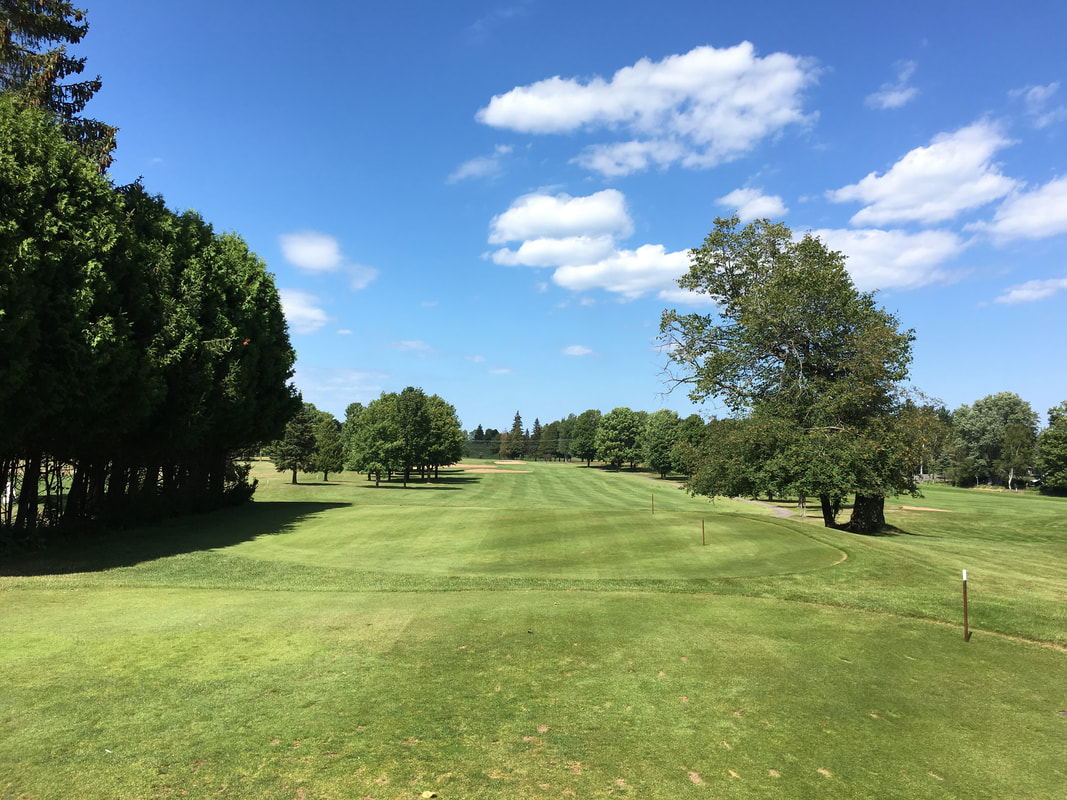
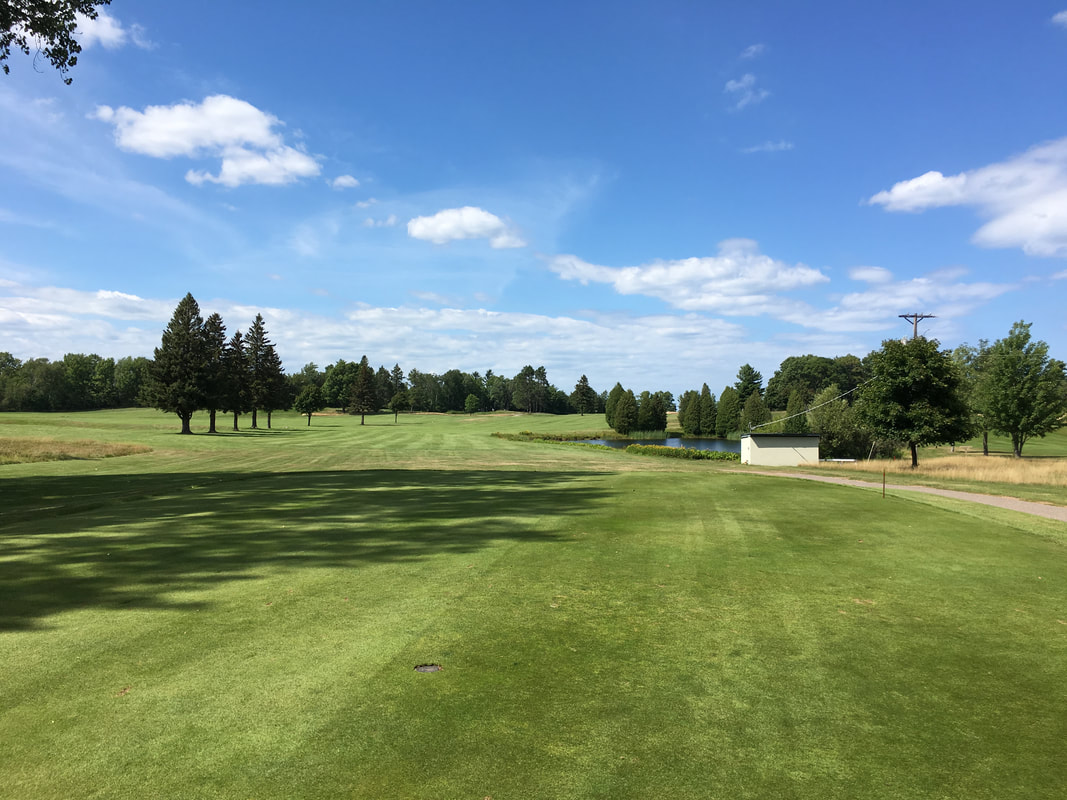
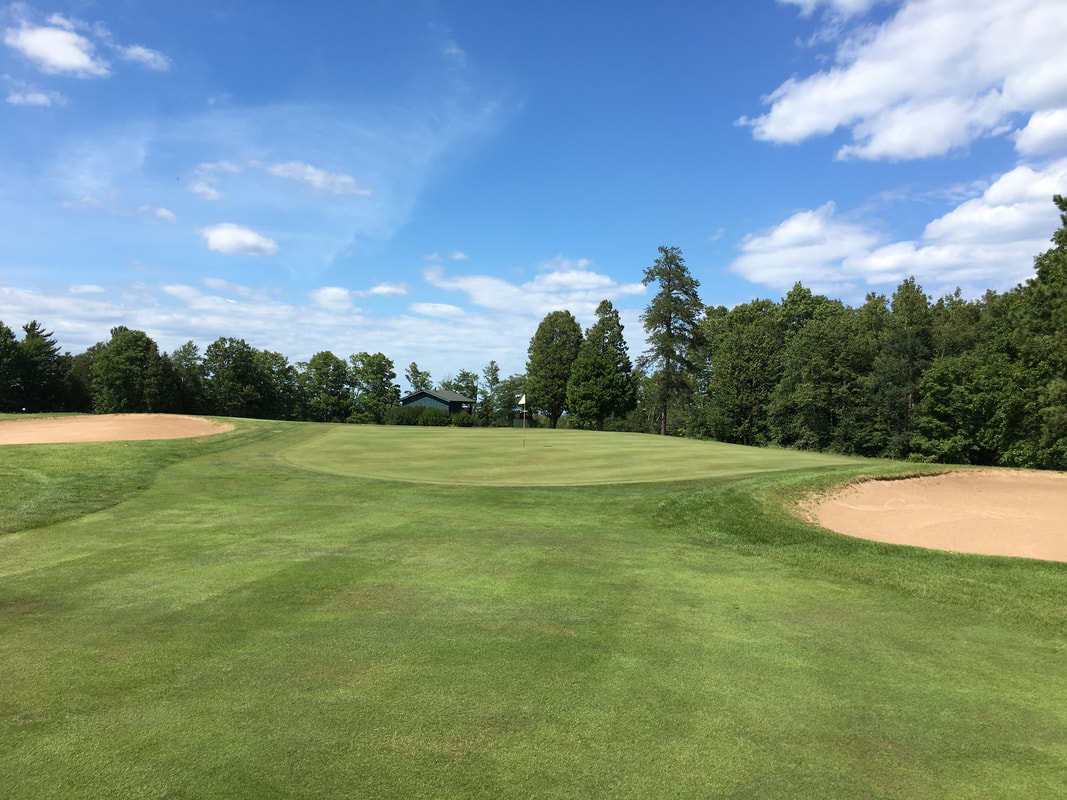
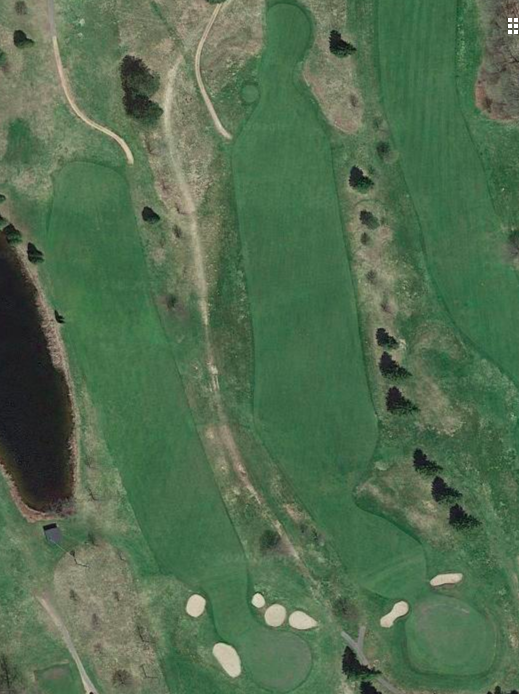
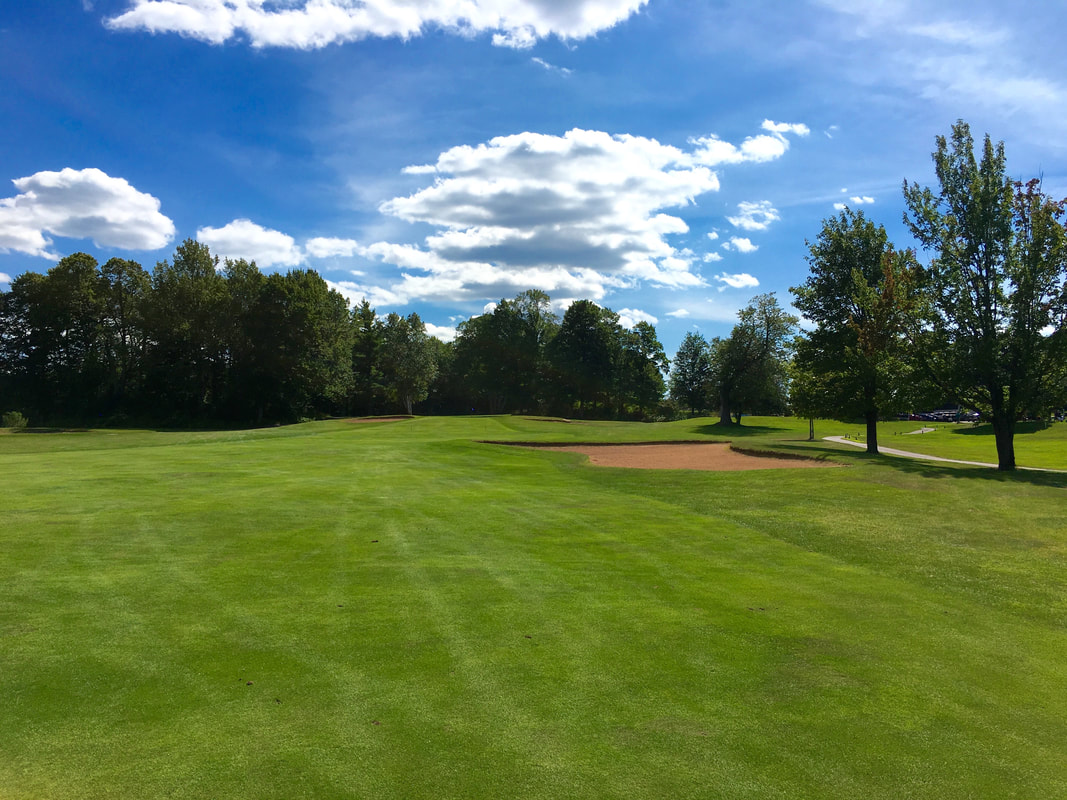
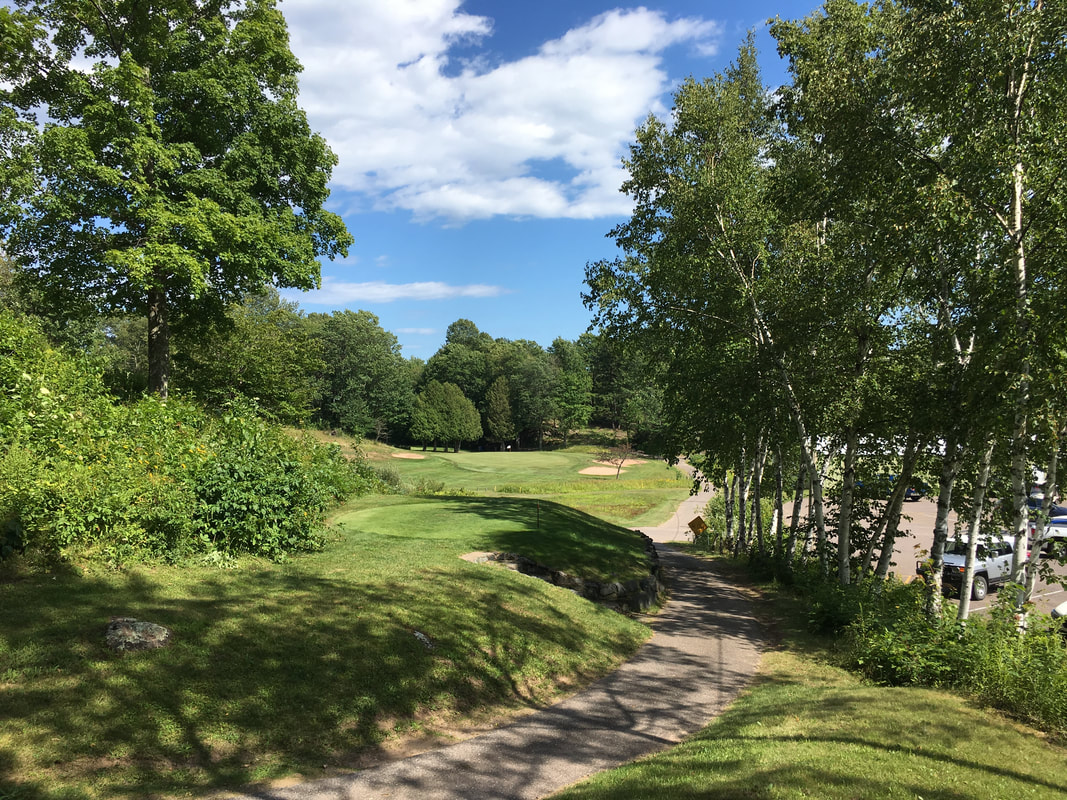
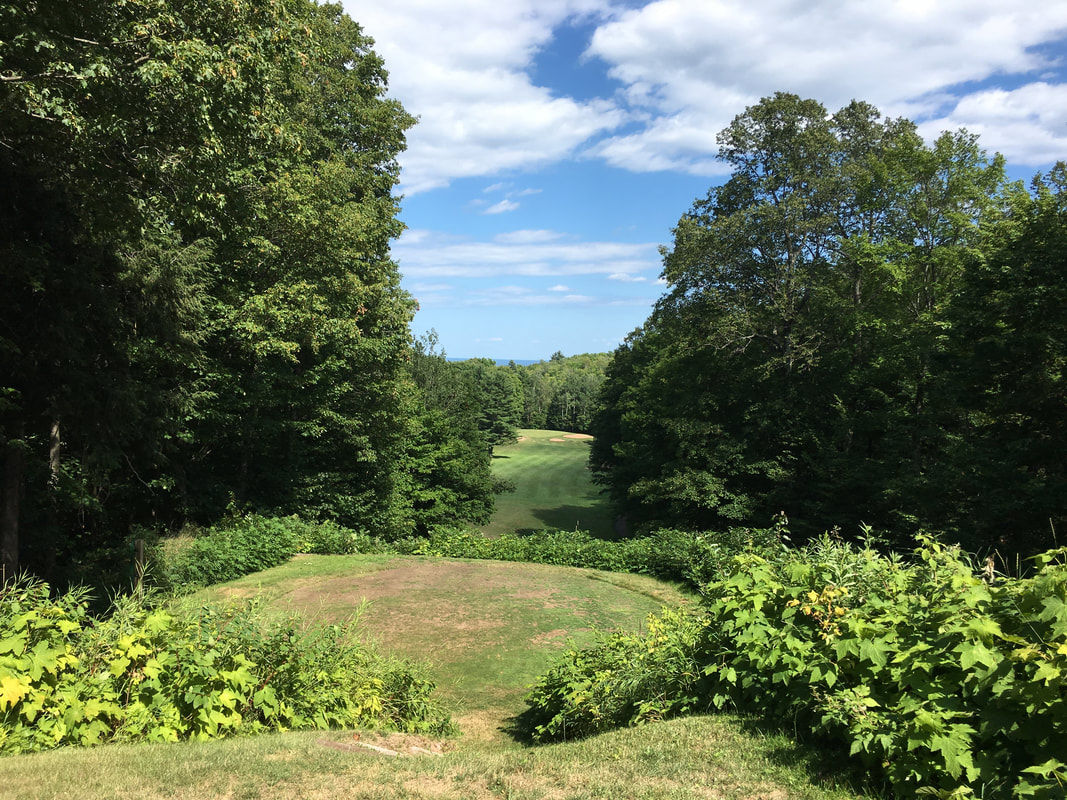
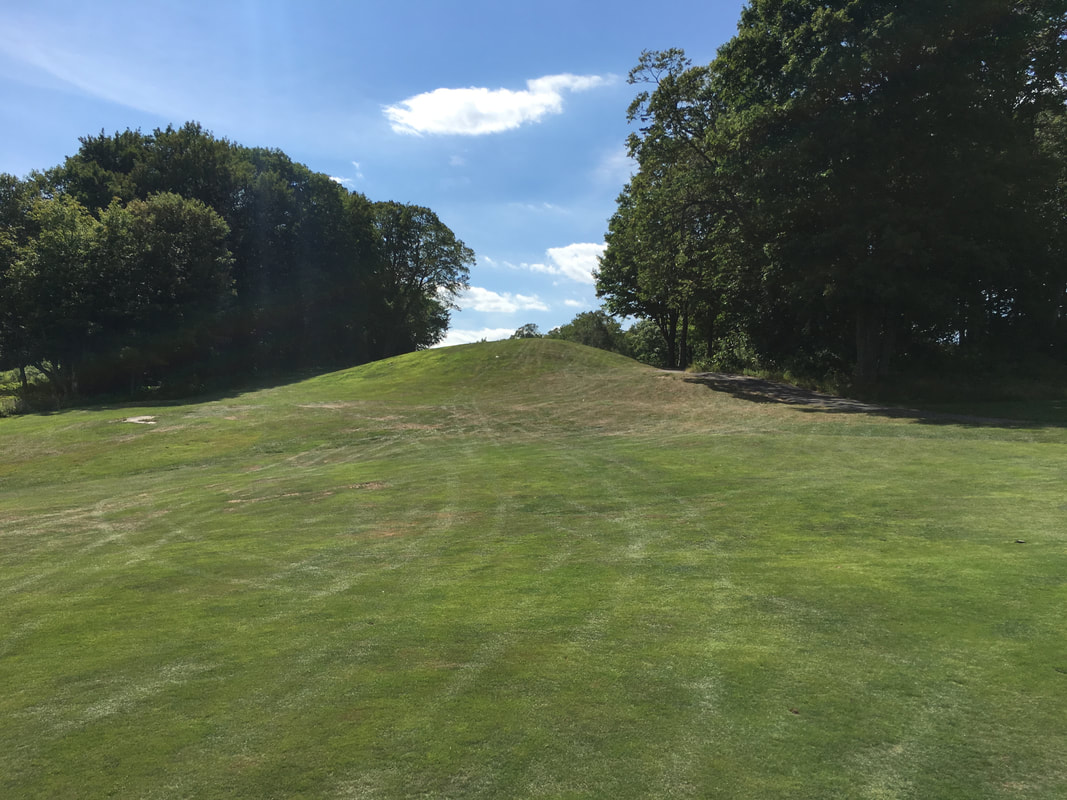
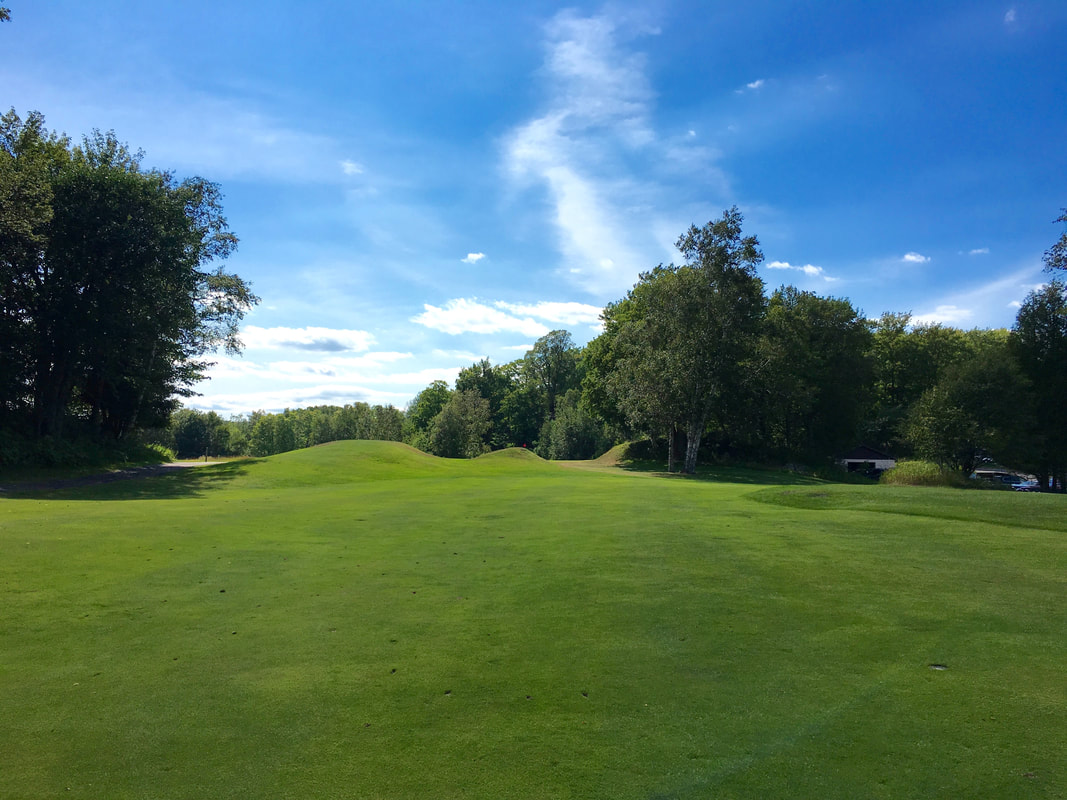
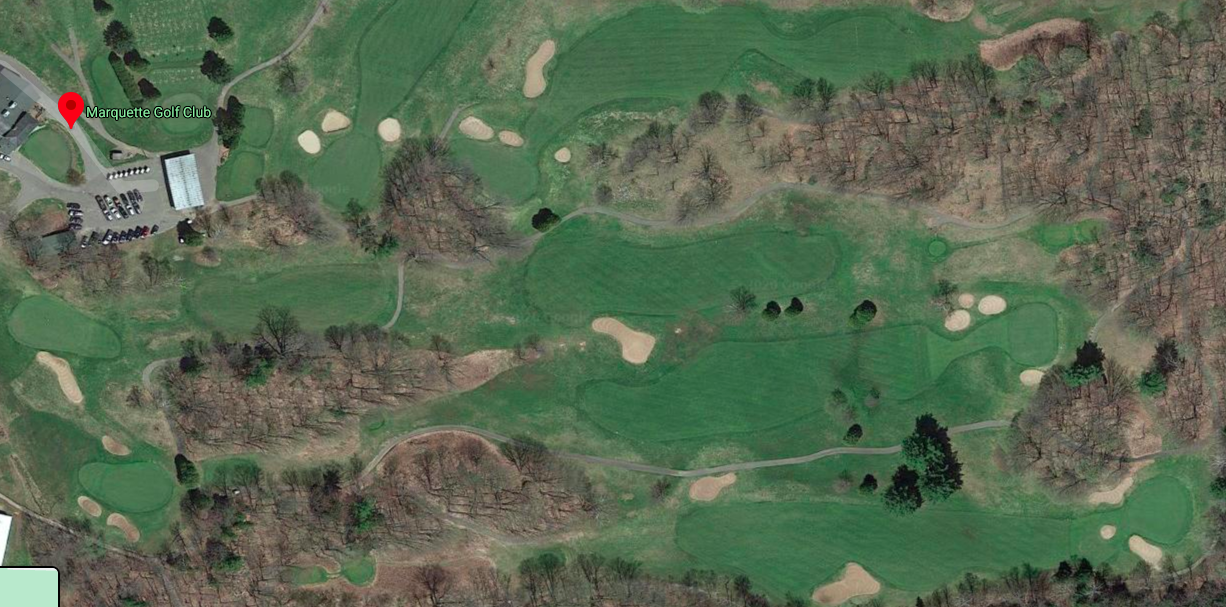
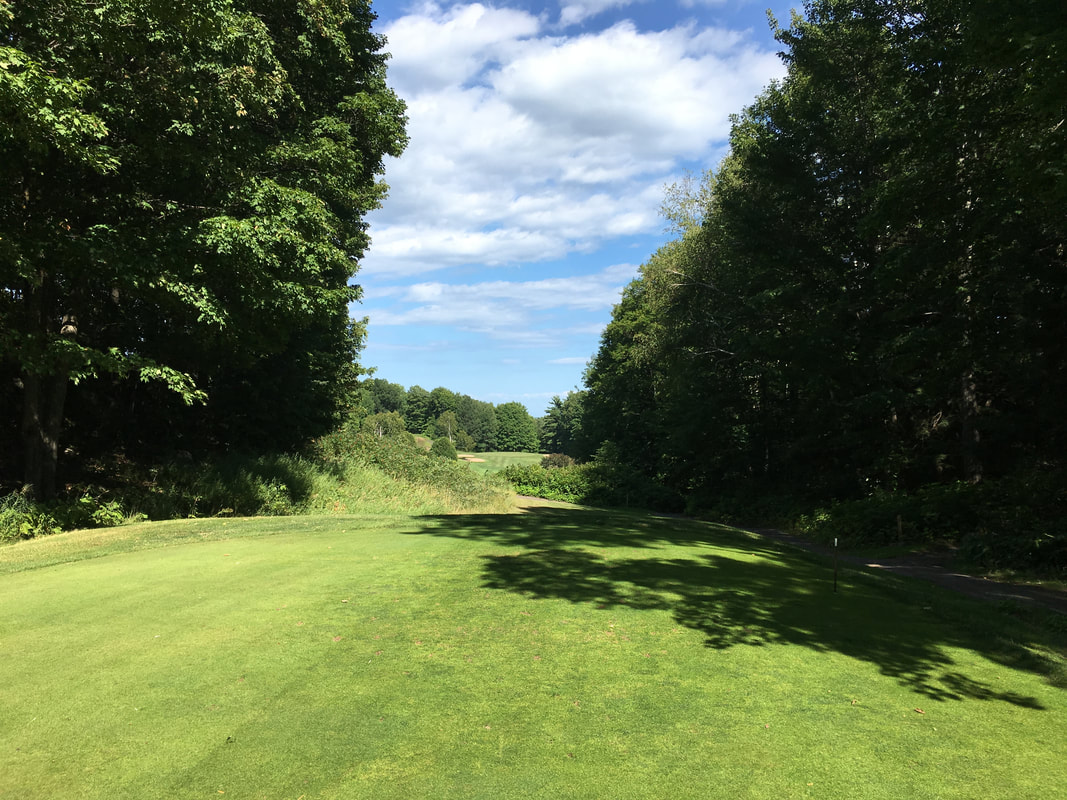
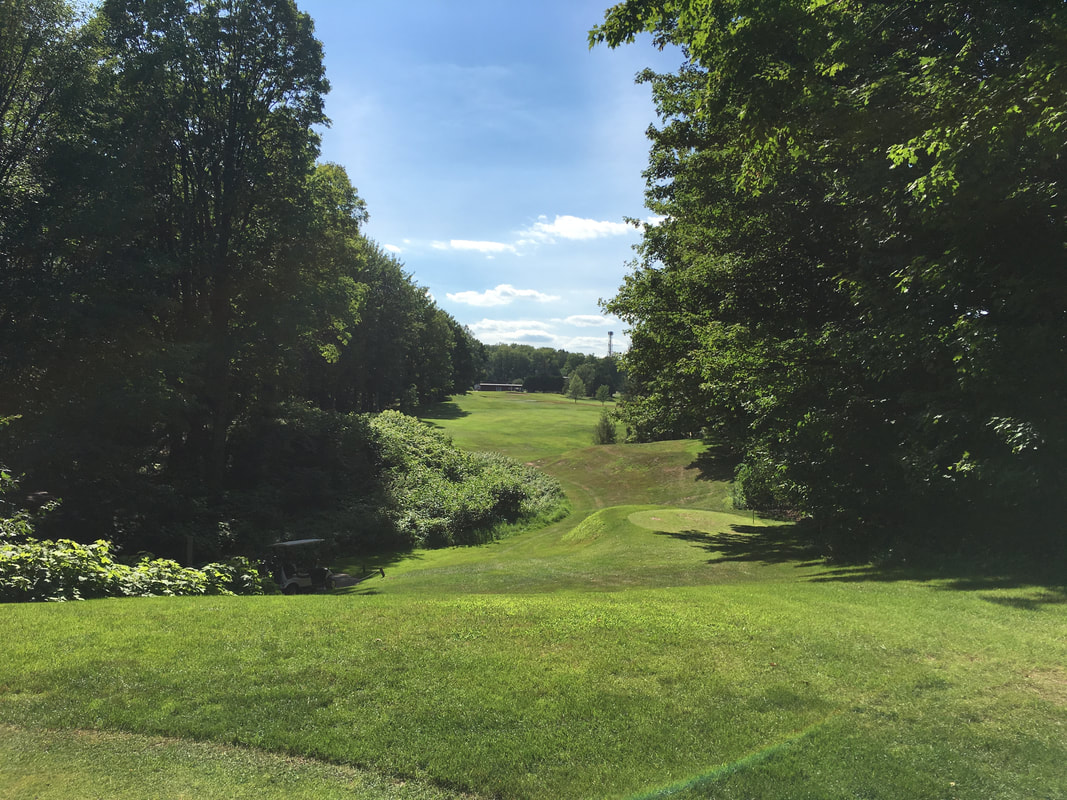
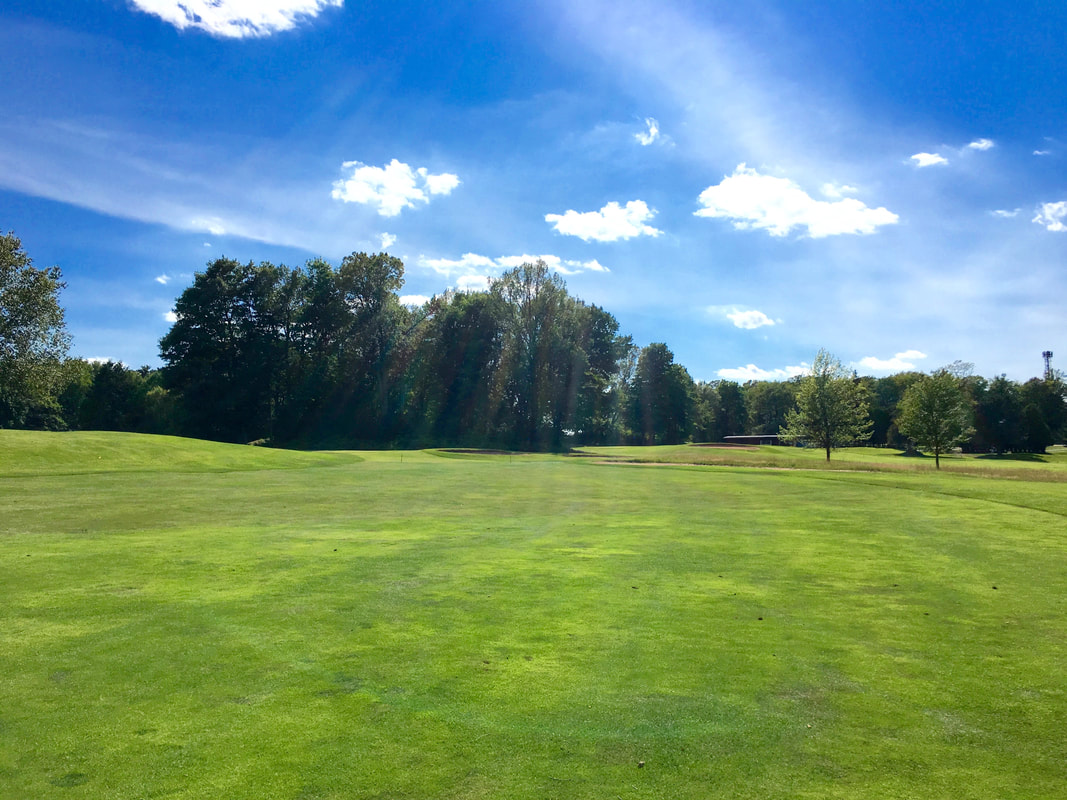
 RSS Feed
RSS Feed